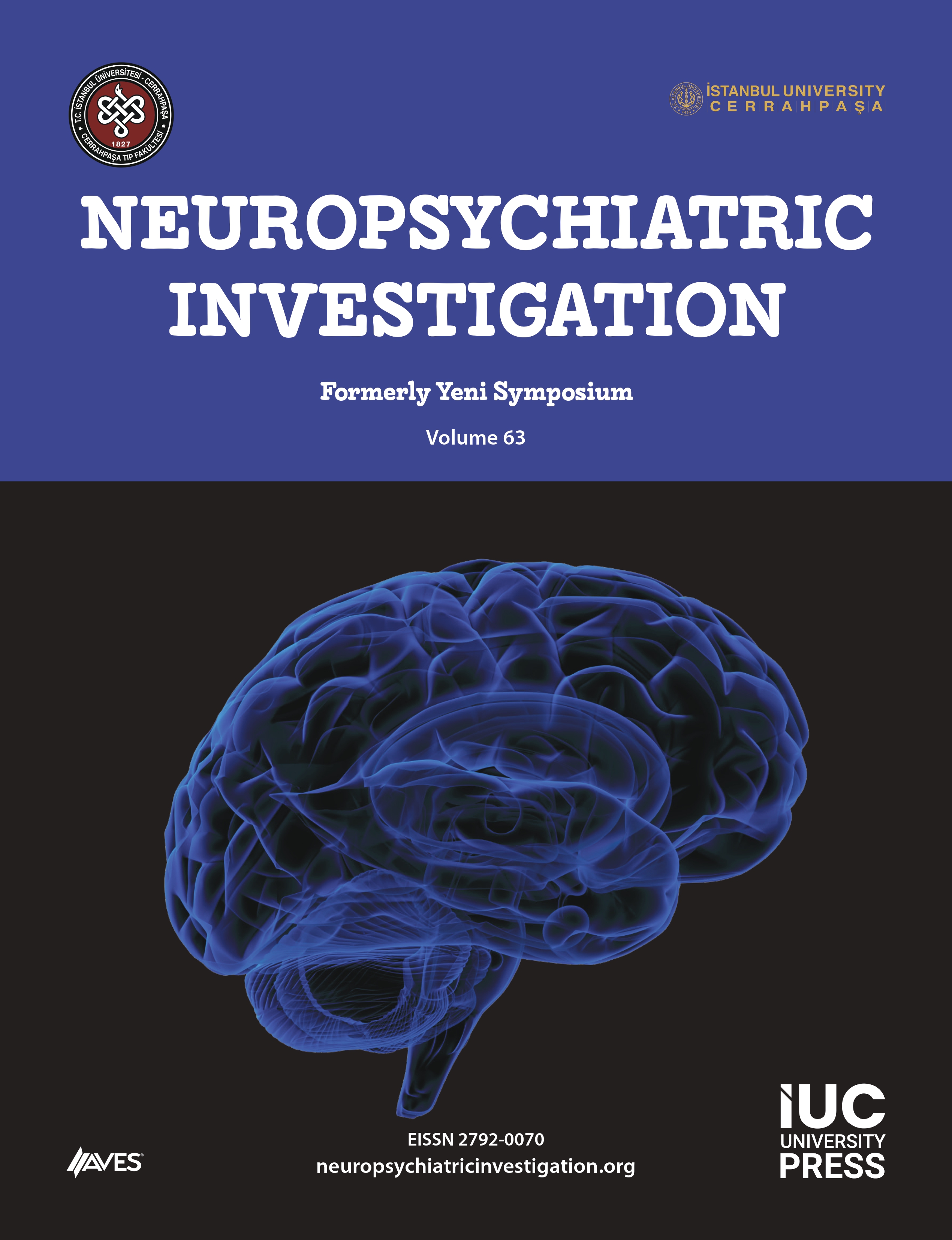Objective: To investigate the relationships between somatization, the ability of reading mind in the eyes, alexithymia, and associated mental problems in adolescents.
Method: 817 adolescents aged between 13 and 17 (60 % girls, n=490) were included. DSM-5 level 2 somatic symptom scale child form, 20 item Toronto Alexithymia Scale (TAS-20), child form of reading the mind in the eyes test (eyes test) and Strengths and Difficulties Questionnaire (SDQ) were applied to participants. The scale scores of male and female groups were compared with independent sample t test. The correlations between the TAS-20, eyes test total scores, and SDQ total and subscale scores were evaluated with Pearson-product moment corelation test. The predictability of eyes test, TAS-20, SDQ problem scores, and age on somatization were tested with multivariate linear regression analysis.
Results: The somatization scores of females were higher than males, significantly. There were significant correlations between the somatization scores, and TAS-20, SDQ emotional problems, inattention/hyperactivity, conduct problems, and peer relation problems subscale scores. Regression analysis indicated that TAS-20, SDQ emotional problems, inattention/hyperactivity, peer relation problems subscale scores and age significantly predict the somatization scores. There was not a statistically significant relationship between the somatization and eyes test scores.
Conclusion: Therapeutic interventions focusing on problems about identifying, describing and expressing the emotions which are the essential characteristics of alexithymia may be effective in adolescents with alexithymic personality traits and somatization problems. Focusing on the associated emotional and behavioral problems in somatization may improve the success of the treatment. Further studies are needed to improve our knowledge about the relationship between the somatization and the abilities of reading mind in the eyes.




.png)